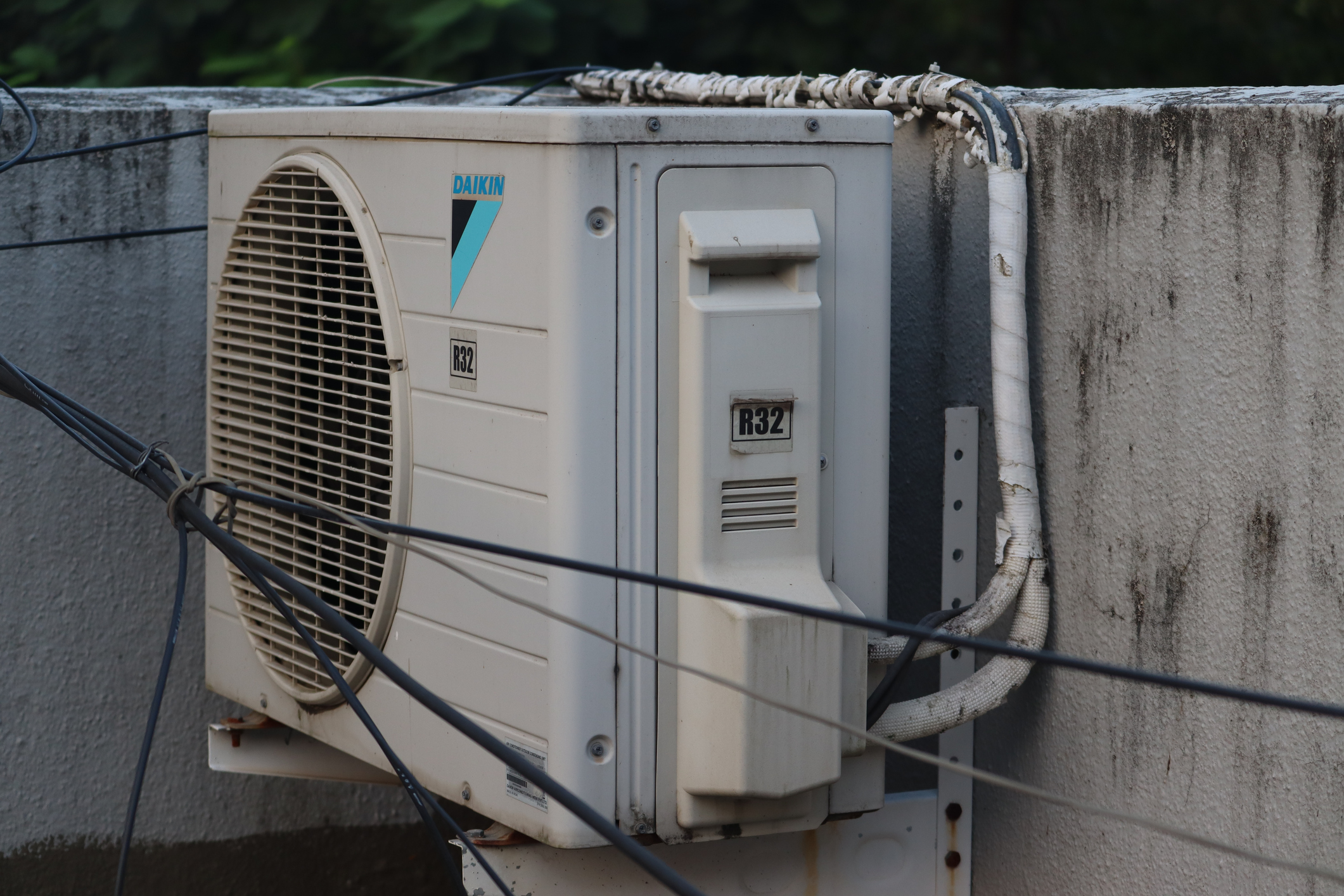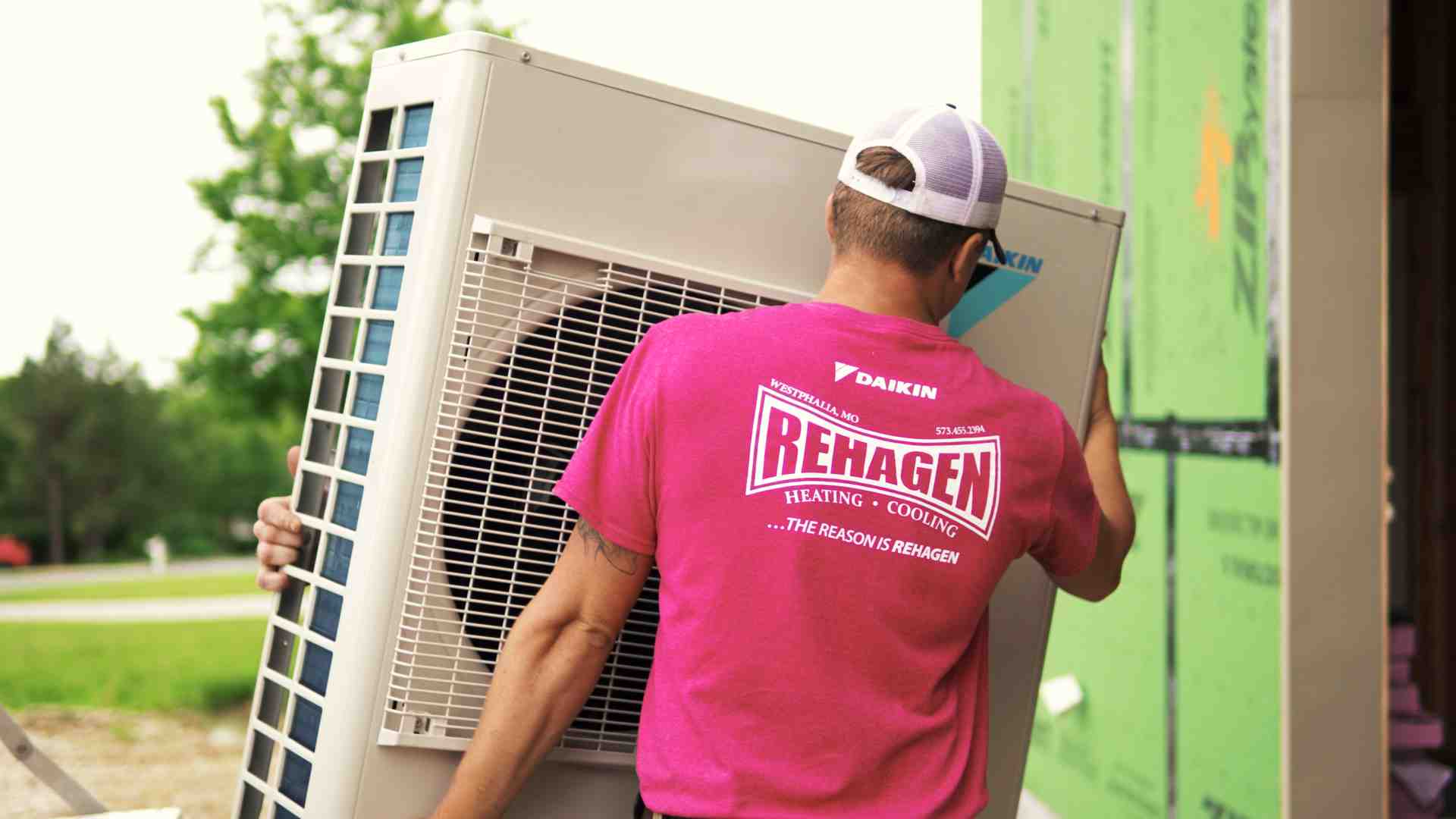


When temperatures climb in Linn, a split AC unit can make all the difference in keeping a home comfortable. These systems do more than cool your space — they help regulate airflow, manage humidity, and support consistent indoor temperatures. But when even a small part of the system starts acting up, the comfort you've come to rely on can disappear fast.
One of the problems that often flies under the radar is a sensor malfunction. It doesn't always show up as a loud noise or a complete shutdown. Sometimes, it’s subtle — like your AC running when it shouldn’t or rooms feeling warmer than they should be. These signs usually point toward a sensor that's not doing its job. Getting ahead of sensor issues is one way households in Linn can avoid disruptions and keep indoor temperatures right where they should be.
Understanding Split AC Sensor Malfunctions
Split AC units work using a combination of internal and external components. While fans, compressors, and filters are commonly mentioned, the system also relies on sensors. These small parts monitor air temperature, coil temperature, room conditions, and more. Your AC uses the information from these sensors to decide when to turn on, how hard to work, and when to shut down.
If one or more of these sensors doesn't work correctly, the entire system can start responding inaccurately. For example, if a room temperature sensor is faulty, your unit might think the room is cooler than it really is and stop cooling altogether. These sensors help your split AC respond not just to the heat outside, but to the current conditions inside your home as well.
There are a few common types of sensors used in split AC units:
- Temperature sensors near the evaporator coils: These monitor coil temperatures to prevent freezing or overheating.
- Ambient room temperature sensors: These are responsible for measuring indoor air and telling the system if the cooling is working properly.
- Humidity sensors (in some units): These help manage how much moisture is in the air, especially during humid summer days.
When these sensors get dirty, loose, or stop working, the system can’t read the home’s actual conditions. This causes performance problems that homeowners in Linn start to feel directly. From excessive compressor cycling to AC units that just don’t cool properly, it all ties back to how the system responds to signals. If those signals are wrong, the outcome will be too.
Common Signs Your AC Sensors Are Failing
Most AC owners in Linn won’t be looking at the sensors directly, but they will notice when something feels off. Sensor malfunctions show up in the way the system behaves. At a glance, it might just seem like wear and tear. But if you know what to look for, it becomes easier to narrow down what the problem might be.
Here are some signs that sensor trouble may be happening:
1. The AC turns on and off too often
2. Airflow feels weaker or stronger than usual, even when using a consistent setting
3. The indoor unit or thermostat displays getting significantly cooler or warmer than the actual room
4. Error codes appear on the indoor unit screen
5. Cooling feels uneven, with some rooms too cold and others warm
6. The unit stays on for a long time without reaching the set temperature
For instance, a Linn homeowner might notice their system runs all day even though the house feels chilly. That could be because a coil temperature sensor is giving the wrong reading. This keeps the system running nonstop instead of pausing to adjust. Ignoring issues like this can raise electric bills and cause wear on other parts of the system.
Paying attention to these early warning signs allows for quicker detection. The longer sensor malfunctions go unnoticed, the more stress they place on the entire unit.
Main Causes of Sensor Problems in Split AC Units
Sensor malfunctions can happen for a few reasons. In Linn, where summer peaks can keep AC systems on for hours at a time, components naturally take on more strain. Sensors often sit close to dusty or greasy parts, and some are exposed to temperature swings that lead to eventual breakdown.
Here are a few common causes of sensor failure:
- Dust buildup or obstructions: When dirt and debris coat a sensor, it can’t get accurate readings
- Loose or disconnected sensor wires: Shifting parts or minor impact during use can dislodge wiring
- Bent or misaligned sensors: This often throws off readings or makes the connection unstable
- Corrosion or rust: In some split systems, humidity or condensation causes corrosion over time
- Faulty manufacturing or age: Like any electronic part, sensors wear down after long use or poor handling at install
- Poor setup or incorrect placement: Especially during replacement or repair, a sensor put in the wrong position will send bad data to the system
Regular service and inspections can catch these problems early, but if your unit hasn't been looked at for a while, sensor issues might already be affecting performance. Keeping indoor air flowing properly depends on these small, often overlooked components working exactly as they should. Ignoring them may result in uneven cooling, longer runtimes, or complete shutdown if left unaddressed.
How Our Professionals Diagnose and Fix Sensor Issues
Pinpointing a sensor issue in a split AC unit isn’t always straightforward. These components can behave inconsistently, especially when partially damaged or misaligned. That’s why our professionals start with a complete system check. They don’t just look at one sensor. They examine wiring paths, verify readings, and assess the unit’s behavior under normal operation.
The first step is to test the sensor’s resistance to see if the readings make sense when compared to the room's actual temperature. If there's a mismatch, the sensor is either sending incorrect data or the signal is interrupted. Our technicians also check for misplacement. If a sensor is too far from the evaporator coil or tucked away in airflow dead zones, even a working part won’t function as intended.
During a service visit, our technicians will:
- Inspect each sensor's physical condition for signs of corrosion, buildup, or damage
- Use manufacturer guidelines to test sensor outputs using a multimeter
- Check wire connections to make sure nothing has come loose or become frayed
- Confirm placement of sensors for accurate air or coil readings
- Reset or recalibrate the system once sensor repairs or replacements are completed
Sensor issues are sometimes misdiagnosed as thermostat failures or refrigerant problems because the symptoms overlap. That’s why experience matters. A trained eye can often catch small missteps, like a twisted wire or a bent sensor bracket, that others may miss. These small problems become major when they interfere with temperature control or cause your unit to short cycle all day.
Our technicians also look at any signs of repeat failures or patterns. If one sensor keeps having issues, it might not be a part failure. It could be linked to airflow imbalance or return duct conditions. Diagnosing the real cause prevents recurring service calls and keeps your split AC unit running as intended in your Linn home.
Best Practices to Keep Your Split AC Sensors Working
Once sensors are repaired or replaced, preventing new issues starts with good care habits. A well-maintained split AC unit is less likely to struggle with sensor failures. When the entire system works well, with clean filters, steady airflow, and accurate thermostats, sensors get the conditions they need to function correctly.
To help Linn homeowners keep their AC sensors working as long as possible, it’s a good idea to:
- Change or clean filters every 1 to 2 months during heavy use
- Keep the area around your indoor units clear of furniture or obstructions
- Avoid tampering with wiring or moving internal parts without a professional present
- Schedule maintenance checks at least once a year before summer begins
- Pay attention to unusual behavior, like inconsistent cooling or noisy stop-start cycles
These steps support the sensors' accuracy and help your AC unit stay efficient all season long. The cleaner and more balanced your system is, the better it will respond when temperatures rise outside. Small habits now can prevent expensive repairs later, especially during the hottest days when cooling is most critical.
Ensuring Peak Performance for Your Linn Split AC Unit
A split AC unit is a reliable cooling solution, but its performance depends on accuracy, and sensors play a big role in that. When they start giving off incorrect readings, you may end up wasting energy or dealing with uneven comfort throughout your home. Taking action at the first sign of trouble can save both time and money in the long run.
The best way to stay ahead of these issues is with a steady approach to upkeep. Regular inspections by qualified professionals help you spot sensor malfunctions before they escalate. Keeping sensors free of buildup, checking their positions, and watching for electrical issues keeps your system sharp when demand is high.
For homeowners in Linn, staying on top of these small but important parts is the key to long-lasting summer comfort. Whether you’re noticing strange cycling behavior or cooling that doesn’t feel right, it’s worth having your sensors checked. Fixing sensor problems early can make a noticeable difference in the way your AC performs and how comfortable your family feels at home.
If you notice any signs of sensor issues affecting your split AC unit in Linn, trust Rehagen Heating & Cooling, Inc. to ensure your system operates efficiently and reliably through the hottest months. For a quick estimate or to book a service visit, please contact us today.
Related articles
request service












